Prime time News Coverage for north.io's Critical Underwater Infrastructure Project
Kiel, Germany – Protecting critical underwater infrastructure (CUI) remains a significant challenge, not just for Germany but globally. With the...
5 min read
Krueger & Neumann Nov 21, 2024
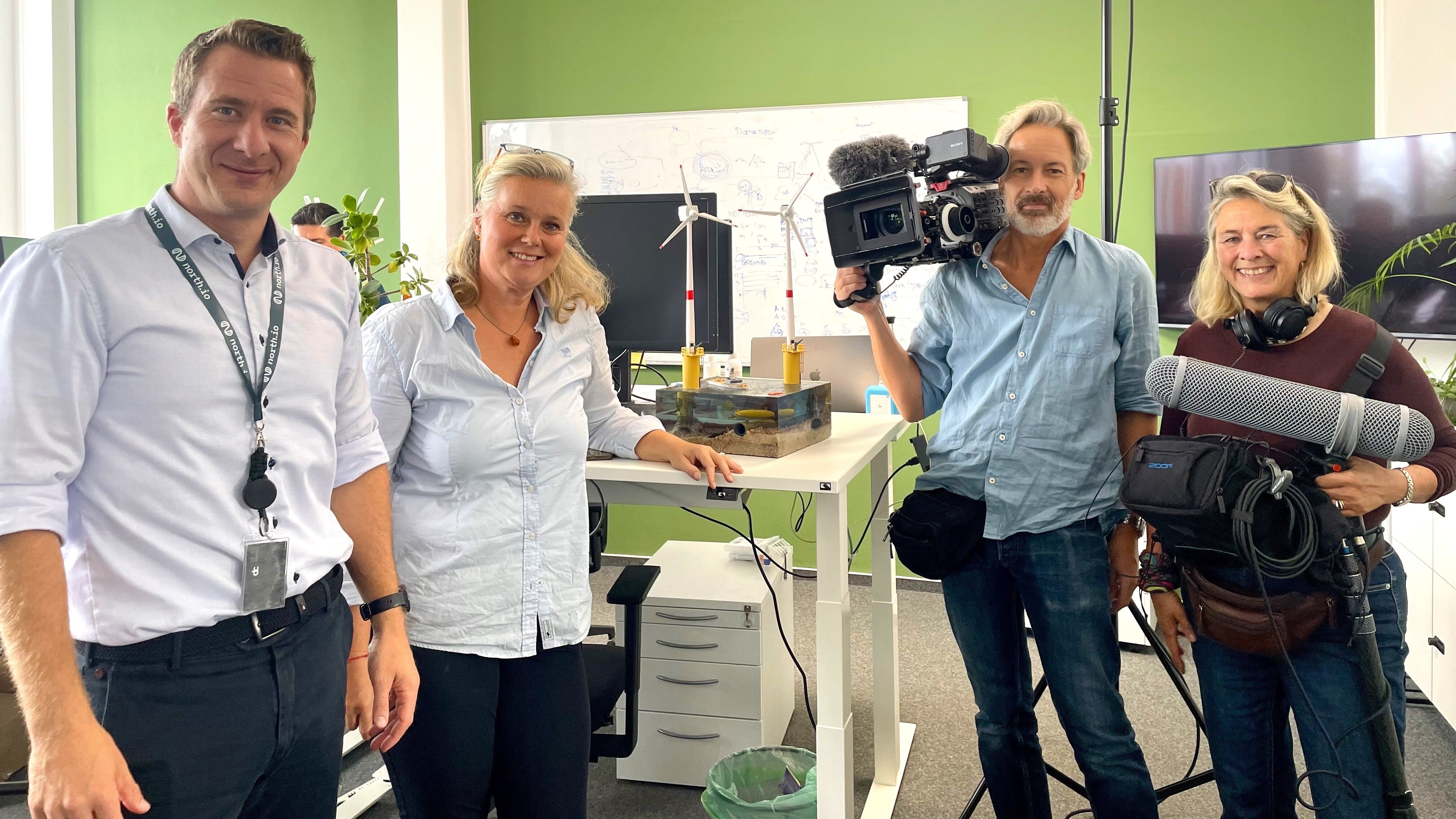
Kiel, Germany. The German-French public broadcaster ARTE recently highlighted the work of north.io in its feature on the Argus project, an initiative for protecting critical underwater infrastructure (CUI). Journalist Jana Schulze and her team visited north.io’s headquarters in Kiel to document the project’s innovative approach to maritime security, which combines cutting-edge technology with interdisciplinary expertise. Their report provides valuable insights into how north.io is addressing one of the most significant challenges facing modern maritime operations.
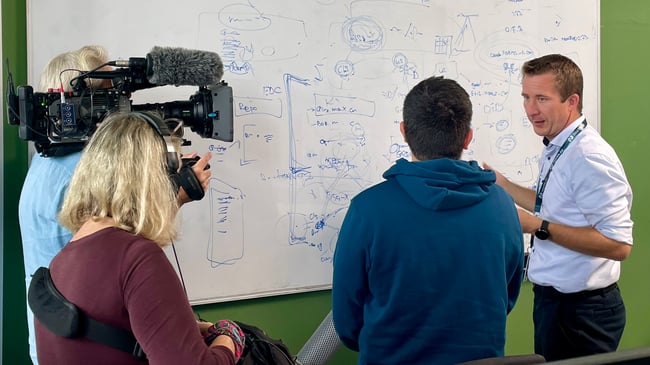
Jann Wendt leads an interdisciplinary team of experts working on the Argus project.
"We are thrilled that ARTE has recognised the importance of the Argus project and our efforts to protect critical underwater infrastructure," says Jann Wendt, CEO of north.io. "The feature not only draws attention to the innovative technology and interdisciplinary collaboration behind Argus, but also raises awareness of the growing threats to underwater infrastructure. It is a privilege to have our work featured on such a highly regarded platform."
Addressing Sabotage: The Urgency of Argus
The recent sabotage attacks on the C-Lion1 communication cable between Finland and Germany and the BCS East-West-Interlink have highlighted the vulnerabilities of underwater infrastructure. In light of the incidents that followed the Nord Stream pipeline explosions, there is a clear and pressing need for robust monitoring and protection systems. The Argus project, which is co-funded by the German government, addresses these challenges with a comprehensive system for automated monitoring and anomaly detection in the underwater domain.
In the feature Jann Wendt explains Argus' comprehensive system for automated underwater monitoring and anomaly detection.
At the core of the Argus system is TrueOcean, north.io's sophisticated Big Data technology. As an ocean data warehouse, TrueOcean processes and standardises vast amounts of sensor data, creating a transparent ocean that provides unparalleled situational awareness and supports decision-making to mitigate risks.
The Role of Big Data and AI in Maritime Security
The ARTE documentary highlights the project's reliance on big data and AI technologies. These tools are vital for analysing the complexities of underwater environments and detecting anomalies that could indicate potential threats. The interdisciplinary team at north.io is dedicated to driving these capabilities forward, combining technological innovation with practical expertise.
The report is further enhanced by the insights of Henrik Schilling, a maritime critical infrastructure expert from the Institute for Security Policy at Kiel University (ISPK), who provides valuable insights into the strategic importance of securing underwater infrastructure in the face of emerging threats.
A New Standard for Maritime Protection
The Argus project represents a paradigm shift in how critical underwater infrastructure is protected. By establishing a transparent and accessible ocean, north.io is working to guarantee comprehensive monitoring and understanding of underwater activities, thereby laying the foundation for a more secure maritime environment.
Watch ARTE’s Full Feature
Watch the full ARTE feature and discover how Argus is shaping the future of maritime security. Click on the link below to watch:
https://www.arte.tv/de/videos/123263-000-A/projekt-argus-ki-gegen-geisterschiffe/
You can also read the official Argus press release from the project launch here:
https://news.north.io/en/argus-project-secures-2-4-million-grant

The Argus project addresses the significant challenge of protecting critical underwater infrastructure based on data driven solutions. With the already introduced TrueOcean platform of north.io, the first time an ocean big data technology is available that builds the basis for working and analyzing the tremendous amounts of underwater sensor data provided by e.g. multibeam, side scan sonar or hydrophones. During the Argus project the TrueOcean technology will be significantly enhanced for fighting the lack of highly scalable technological approaches for rapid and systematic inspection of underwater infrastructure. At present, data is gathered and processed by hand, making the process not only time-consuming and inefficient but also incapable of scaling to meet growing demands.
What sets the Argus project apart from other initiatives is its innovative approach to maritime security working specifically with raw ocean sensor data in tremendous amounts. While existing approaches use mainly satellite and AIS data, Argus goes further and fusions underwater data into the situational picture. On the one side it enhances the situational picture with underwater big data from a multitude of sensors, on the other side a system is developed for taking immediate action upon detection:
As soon as potential anomalies are detected near underwater infrastructure, a signal is sent to a pre-positioned autonomous underwater or surface vehicle. This vehicle is then directed by the software to investigate the situation at the critical underwater infrastructure in the most optimized way and provide highest resolution underwater datasets. This unique approach ensures a rapid response to potential threats, significantly enhancing the protection of critical subsea infrastructure.
This proactive and automated response system is a pioneering step in maritime security and demonstrates north.io's commitment to using advanced technology to protect critical assets. The Argus project isn't just about detection, it's about new big data driven approaches and immediate action, setting a new standard in maritime security.
Argus will provide the foundation for automated, data-driven monitoring and threat assessment of CUI. It will integrate a multitude of underwater sensors as well as satellite and vessel positioning data with critical infrastructure locations on a new generation of ocean data management platform. This platform will be a central tool for monitoring anomalies, conducting systematic risk assessments, and strategically inspecting potential threats.
Key Project Objectives:
Innovative AI-Powered Tools:
The project's first phase involves developing a new generation of an ocean data management platform featuring several AI-powered tools:
Successful Demonstration and Strategic Significance
Initial approaches to risk analysis have been already successfully demonstrated by winning the 2023 DataRun of the Federal Ministry for Digital and Transport of Germany, showcasing the potential of Argus to transform the maritime security domain.
Project Partners and Their Roles
As part of the mFUND innovation initiative, the BMDV has been funding data-based research and development projects for the digital and networked mobility of the future since 2016. The project funding is supplemented by active professional networking between stakeholders from politics, business, administration and research and by the provision of open data on the Mobilithek. Further information can be found at www.mFUND.de.
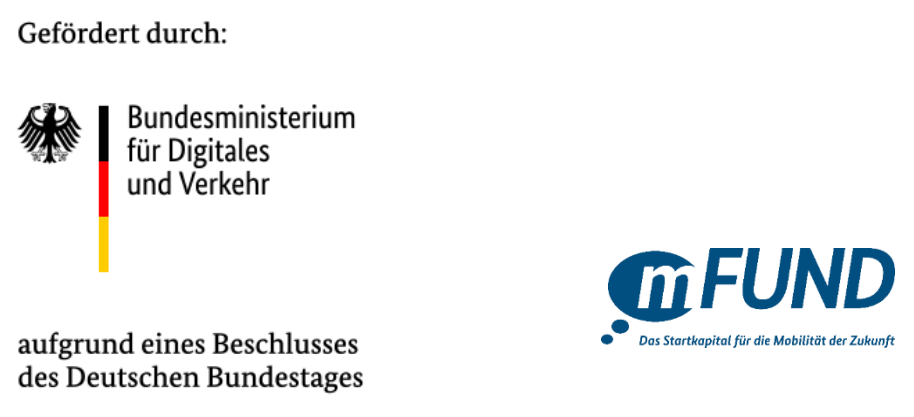
copyright: video material ARTE / photos north.io
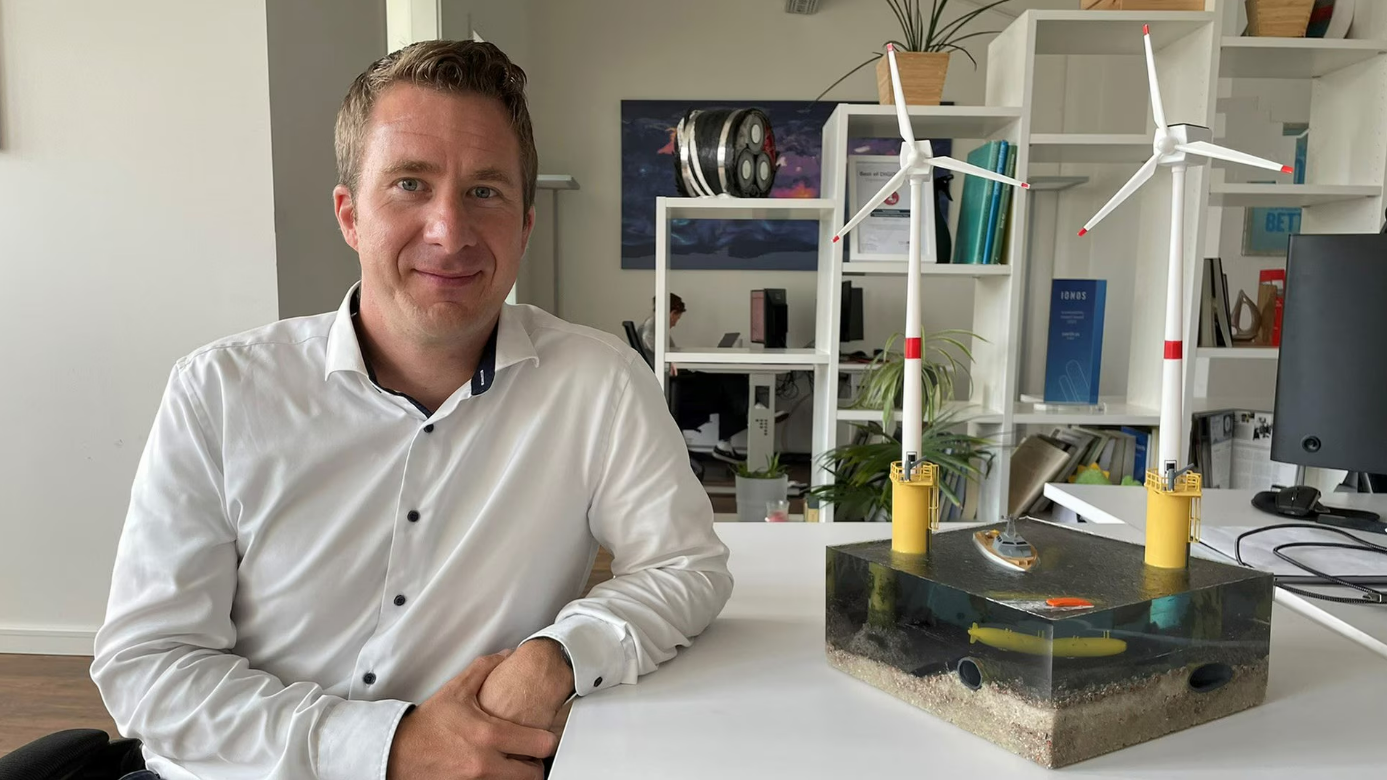
Kiel, Germany – Protecting critical underwater infrastructure (CUI) remains a significant challenge, not just for Germany but globally. With the...
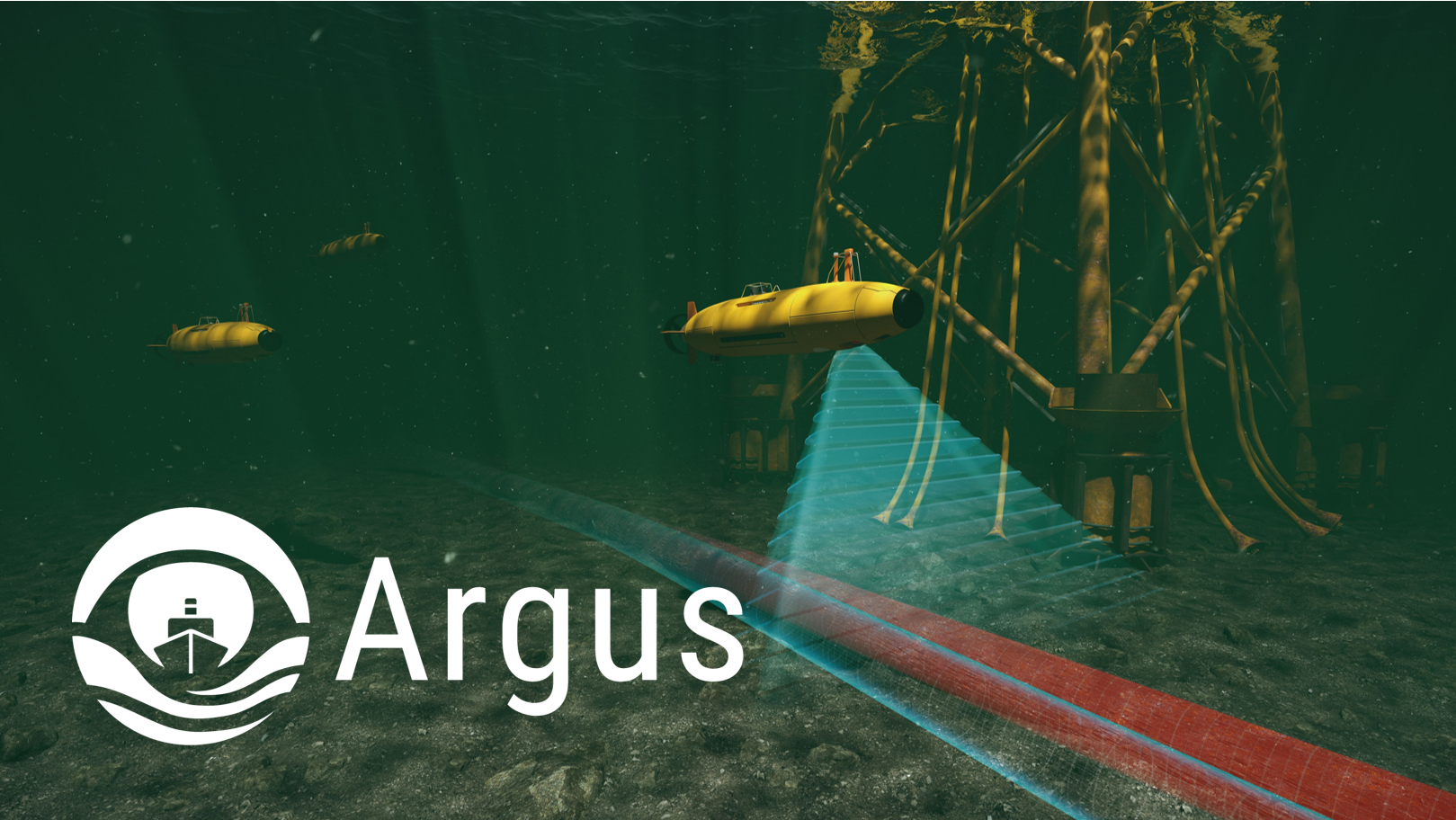
Kiel, Germany – Geospatial cloud specialist north.io has been awarded a €2.4 million grant for the "Argus" project for underwater big data analytics...
.png)
Lisbon/Kiel. The TrueOcean data platform from German cloud-geospatial-data-specialist north.io has been officially selected to participate in the ...
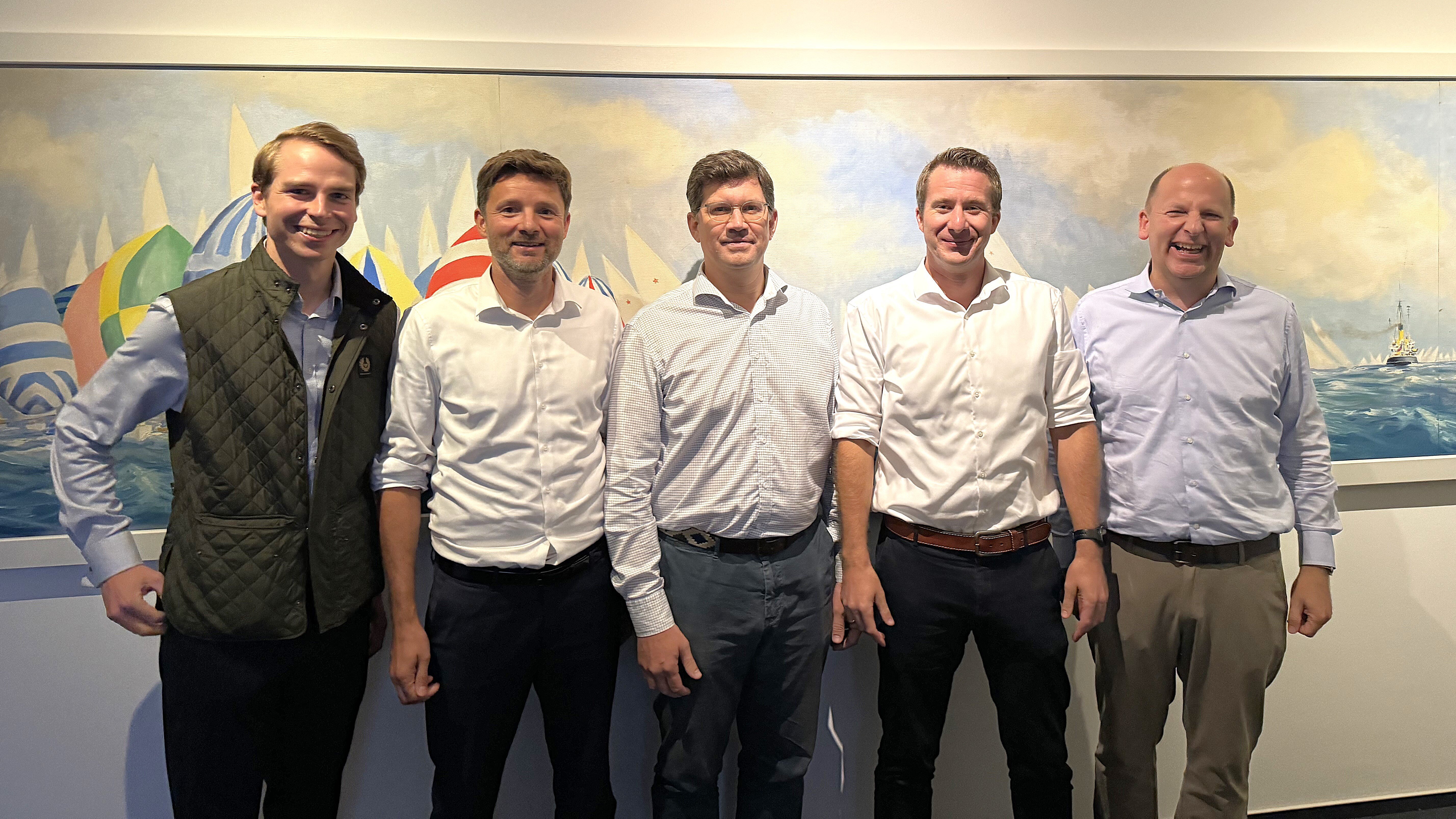
Kiel / Hamburg – VAERING, the Hamburg-based family office, has officially joined north.io as the lead investor in their EUR 8.5 mill. seed...